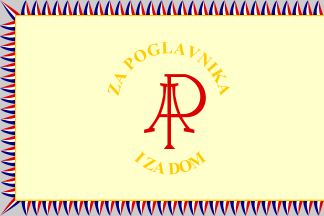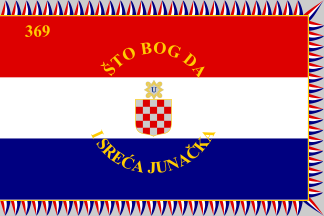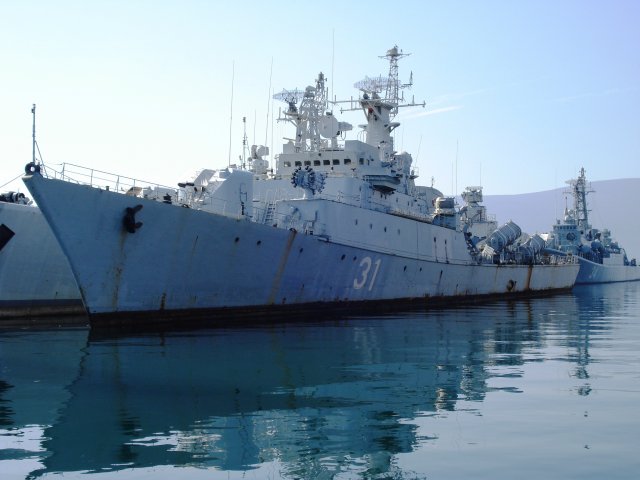Soviet fighter aircraft Yakovlev Yak-3 in Partisan and Yugoslav Air Forces

Fighter plane of Soviet origin, Yakovlev Yak-3, represented the top of the development of a light fighter plane of high performance and great maneuverability, created by designer Alexandar S. Yakovlev, whose essential slogan was "simplicity doesn’t mean backwardness”. The plane’s first flight was performed in October 1943. and series production started in March 1944. Combat baptism Jak-3 had on 16th July 1944, and it was the best Soviet fighter plane in the W.W. II. In May 1945 there were manufactured 4.560 planes, and until the end of 1946, when production ceased, 4.848 fighters Yak-3. Yak-3 Yugoslav Air Force In addition to the British who helped in the creation of partisan aviation, help came from the Soviets. After the liberation of Belgrade, many former pilots exceeds aside Partizan, former pilots, engineers, mechanics and workers from the factory pre-war aircraft. So to create new units, fighters, and assault, as well as workshops for an overhaul of aircra




